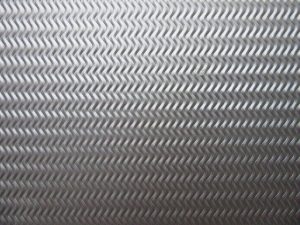
Manufacturing companies use a variety of metalworking processes to manipulate sheet metal, two of which include hemming and seaming. In both of these processes, sheet metal is bent and rolled over, resulting in a new shape. Hemming and seaming aren’t the same, however. They each require a different approach, and as a result, they are used in different applications. For a better understanding of hemming and seaming and how these metalworking processes differ, keep reading.
What is Hemming?
Hemming is a metalworking process that involves rolling the edge of sheet metal over and onto itself, essentially creating an area of two layers. During this process, the edge of sheet metal is folded over. The two newly formed layers then lie flush with each other.
Sheet metal is available in a variety of gauges. The gauge, of course, refers to the thickness of sheet metal. High-gauge sheet metal is thicker than low-gauge sheet metal, which can make it difficult to manipulate using processes like hemming. With the right tools, however, manufacturing companies can hem sheet metal by bending and rolling the edge over and onto itself.
There are two primary types of hemming, including the following:
- Closed: In closed hemming, sheet metal is folded over so that it’s flush with the underlying layer.
- Open: In open hemming, sheet metal is folded over but has a small air pocket separating it from the underlying layer.
What is Seaming?
Seaming, on the other hand, is a metalworking process that uses a similar process of rolling sheet metal over and onto itself, except it uses a seam to join the two layers. With hemming, the edge of sheet metal is folded so that it becomes flush with the area onto which it’s rolled. With seaming, the edge of sheet metal is folded but it doesn’t sit flush. Rather, the two layers of the folded sheet metal are joined using a seam.
You’ll often find seams on metal roofs. The edges of metal roofs are folded and then joined using a seam. Other applications for seaming involve canned foods, automotive components and storage sheds.
In Conclusion
Hemming and seaming are metalworking processes that involve bending and folding sheet metal over and onto itself. The difference between them is that hemming involves folding sheet metal so that the two layers are flush with each, whereas seaming involves folding sheet metal while using a seam to join the two layers.
